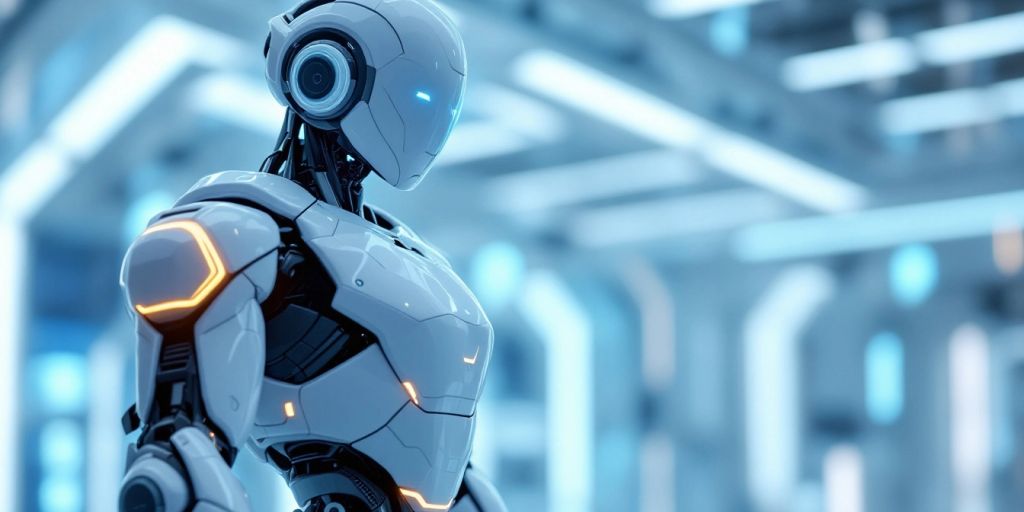Elon Musk’s Optimus Robots Timeline. Elon Musk has unveiled his ambitious plans for Tesla’s humanoid robot, Optimus, during a recent earnings call. The CEO announced that Tesla aims to start low production of the robot for internal use by next year, with hopes of launching high production for external sales by 2026. This announcement comes as part of Musk’s broader vision to revolutionize the robotics industry and make humanoid robots a mainstream product.
Key Takeaways
- Tesla plans to begin low production of Optimus for internal use in 2025.
- High production for external sales is targeted for 2026.
- Musk estimates a long-term demand for humanoid robots could exceed 20 billion units.
- The Optimus robot is designed to perform repetitive and dangerous tasks in factories.
The Vision Behind Elon Musk’s Optimus Robots
Musk’s vision for Optimus is to create a humanoid robot that can assist in various tasks, particularly in manufacturing settings. The robot, which stands approximately 1.7 meters tall and weighs around 56 kg, is designed to handle “boring, repetitious, and dangerous” work. Musk has previously stated that he envisions the robots being mass-produced at a cost of less than $20,000 each.
Elon Musk’s Optimus Robots Production Timeline
- 2025: Low production of Optimus for Tesla’s internal use.
- 2026: High production aimed at external sales to other companies.
Musk’s timeline has shifted over the years, with initial projections suggesting that production would begin much earlier. However, the recent updates indicate a more realistic approach, acknowledging the complexities involved in developing such advanced technology.
Competitive Landscape
The humanoid robotics market is becoming increasingly competitive, with several companies making significant strides in this field. Notable competitors include:
- Agility Robotics: Known for its bipedal robot, Digit, which is already in pilot programs with major companies like Amazon.
- Boston Dynamics: Recently launched a new version of its Atlas robot, designed for real-world applications.
- Figure: A startup that has raised significant funding and is developing its humanoid robot with advanced capabilities.
Challenges Ahead for Elon Musk’s Optimus Robots
While Musk’s ambitions for Optimus are grand, several challenges lie ahead:
- Technical Hurdles: Developing a robot that can operate effectively in diverse environments requires overcoming significant technical challenges, particularly in AI and robotics.
- Market Differentiation: With many companies entering the humanoid robot space, Musk must ensure that Optimus stands out in terms of functionality and cost-effectiveness.
- Public Perception: The success of humanoid robots will depend on their acceptance in various industries and by the general public.
Conclusion
Elon Musk’s plans for the Optimus robot represent a bold step into the future of robotics. With a targeted production timeline and a vision to make humanoid robots a common sight in workplaces, Tesla is positioning itself at the forefront of this emerging industry. However, the road ahead is fraught with challenges that will require innovation, investment, and strategic planning to navigate successfully.
Sources
Elon Musk says Optimus humanoid robot will hopefully be ready for Tesla use next year | Euronews, Euronews.
Elon Musk sets 2026 Optimus sale date. Here’s where other humanoid robots stand. | TechCrunch, TechCrunch.
Tesla Optimus production is estimated to start in 2025, Teslarati.
Elon Musk wants to take humanoid robots mainstream with Optimus. Making them ‘the biggest product ever’ will be tough., Business Insider.
Elon Musk claims Tesla will start using humanoid robots next year | Elon Musk | The Guardian, The Guardian.
Tesla Will Put Humanoid Robots to Work by 2025, Says Musk, Asia Financial.



Leave a Reply
You must be logged in to post a comment.